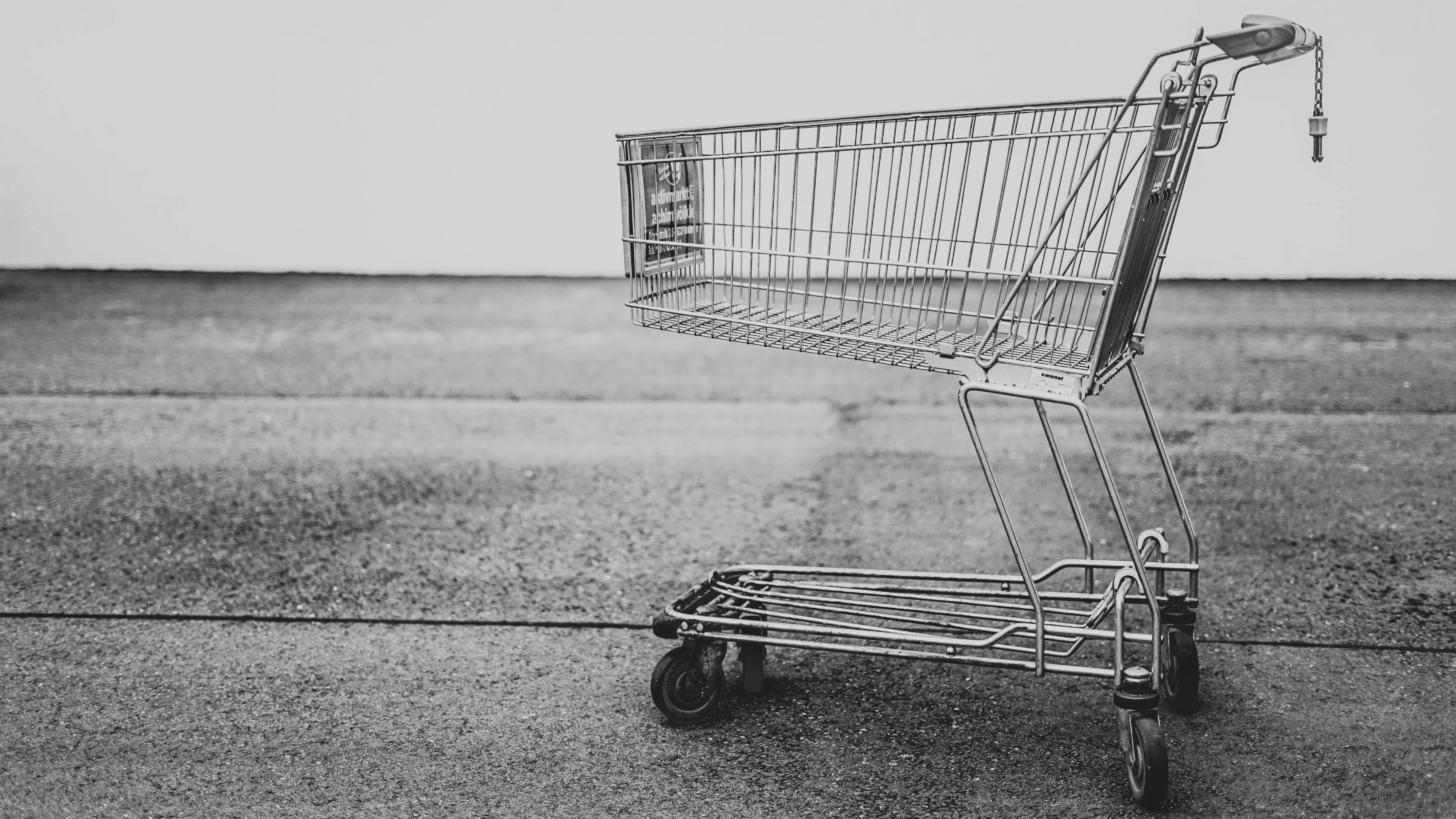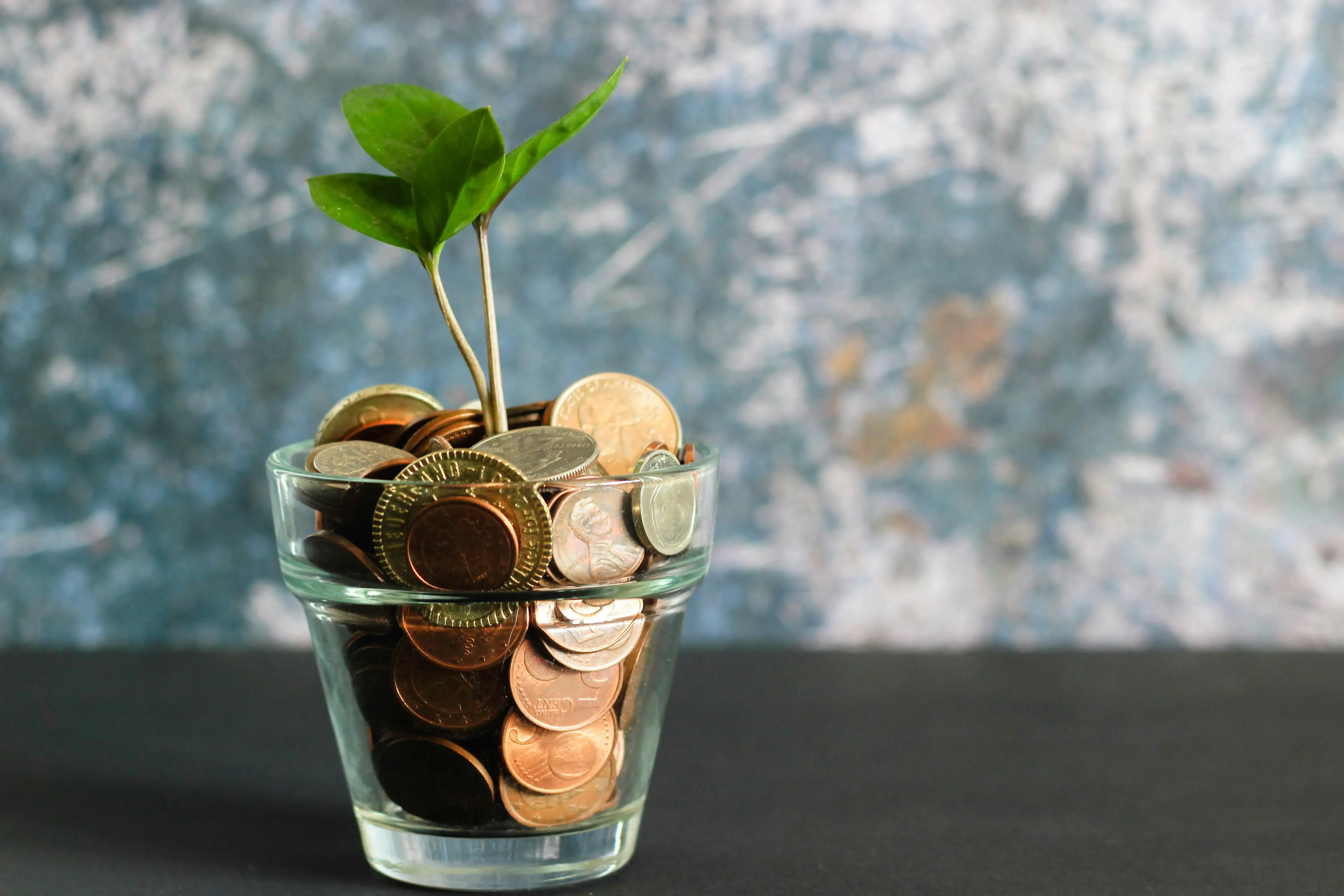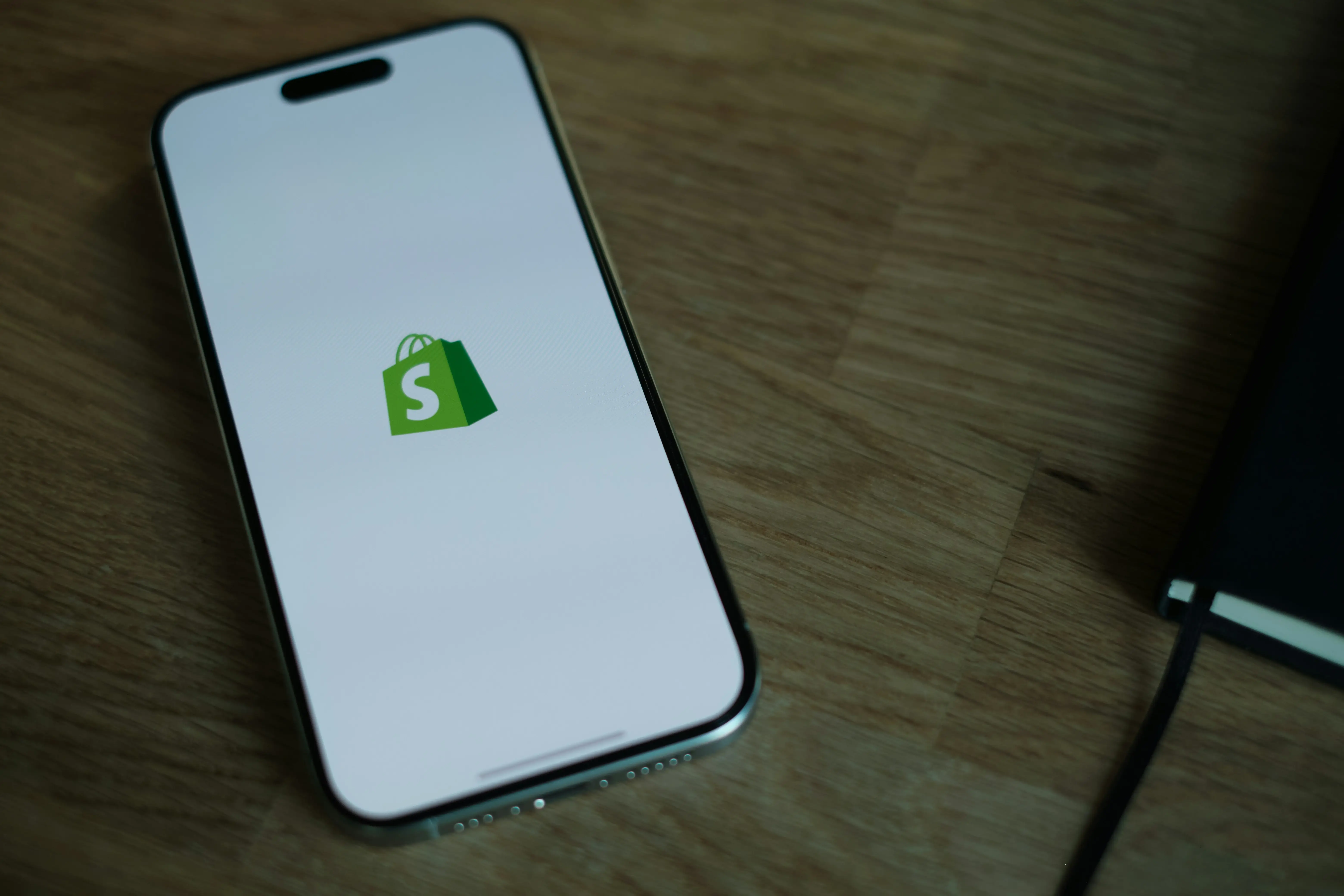Introduction to Checkout Conversion Rate
What is Checkout Conversion Rate?
Checkout conversion rate represents the percentage of visitors who complete a purchase after initiating the checkout process on your Shopify store. This critical metric measures how effectively your checkout funnel converts potential customers into paying buyers. Unlike overall website conversion rates, the shopify checkout conversion rate specifically focuses on the final stage of the customer journey where purchase decisions are finalized.
Understanding this metric requires recognizing that customers who reach checkout have already demonstrated strong purchase intent. They’ve browsed your products, added items to their cart, and taken the significant step of beginning the checkout process. Your shopify checkout conversion rate directly reflects how well your checkout experience removes friction and guides customers toward completing their purchase.
Importance of Shopify Checkout Conversion Rate
The shopify checkout conversion rate serves as a crucial indicator of your store’s revenue potential and customer experience quality. Even small improvements in this metric can dramatically impact your bottom line. For instance, increasing your checkout conversion rate from 60% to 70% on a store processing 1,000 checkout attempts monthly translates to 100 additional sales without acquiring new traffic.
Poor checkout conversion rates often signal underlying issues with user experience, trust, or technical functionality. Abandoned carts represent lost revenue opportunities, with industry averages showing that approximately 70% of shoppers abandon their carts before completing purchases. By focusing on optimizing your shopify checkout conversion rate, you’re addressing the final and most critical stage where customers make their purchase decisions.
Strategy 1: Simplify Your Checkout Process
Benefits of a One-Page Checkout
Implementing a streamlined checkout process significantly reduces friction and improves your shopify checkout conversion rate. Traditional multi-step checkouts create multiple opportunities for customers to abandon their purchases, while simplified processes minimize decision fatigue and maintain purchase momentum.
A shopify one page checkout consolidates all necessary information collection into a single, cohesive interface. This approach reduces loading times, eliminates navigation confusion, and creates a sense of progress that encourages completion. Studies consistently show that reducing checkout steps can increase conversion rates by 15-25%, making this optimisation particularly valuable for Shopify store owners.
The psychological benefits of simplified checkouts extend beyond mere convenience. Customers appreciate transparency about the entire process upfront, reducing anxiety about hidden steps or unexpected requirements. This transparency builds confidence and trust, directly contributing to improved shopify checkout conversion rates.
How to Implement Shopify One Page Checkout
Implementing a shopify one page checkout is as simple as going into your store’s checkout settings and turning it on.
Strategy 2: Optimize for Mobile Devices
Importance of Mobile Shopping
Mobile commerce continues growing rapidly, with mobile purchases representing over 50% of all ecommerce transactions. Your shopify checkout conversion rate depends heavily on providing exceptional mobile experiences, as mobile users often face unique challenges during checkout processes.
Mobile shoppers typically exhibit different behaviors compared to desktop users. They may be shopping during commutes, in stores for price comparisons, or during brief moments of free time. These usage patterns demand checkout processes optimized for quick, efficient completion without sacrificing functionality or security.
The technical constraints of mobile devices also impact checkout performance. Smaller screens, touch interfaces, and potentially slower internet connections require thoughtful design considerations to maintain high shopify checkout conversion rates across all platforms.
Techniques to Enhance Mobile Checkout Experience
Optimizing mobile checkout experiences requires specific design and functionality considerations. Implement large, easily tappable buttons and form fields that accommodate finger navigation. Ensure adequate spacing between interactive elements to prevent accidental taps that could frustrate users and harm your shopify checkout conversion rate.
Utilize mobile-specific features like autofill capabilities, camera-based credit card scanning, and digital wallet integration. These features reduce typing requirements and streamline the information entry process. Apple Pay, Google Pay, and Shop Pay integration can significantly improve conversion rates by enabling one-touch purchases for returning customers.
These can be implemented directly through Shopify’s powerful checkout customization and some are enabled by default already. Beware, you may be limited to how much you can customize if you’re not on Shopify Plus.
Strategy 3: Offering Multiple Payment Options
Popular Payment Methods for Shopify Stores
Diverse payment options directly impact your shopify checkout conversion rate by accommodating varied customer preferences and financial situations. Beyond traditional credit cards, consider implementing digital wallets, buy-now-pay-later services, bank transfers, and cryptocurrency options where appropriate for your target market.
Digital wallets like PayPal, Apple Pay, and Google Pay offer significant advantages for improving conversion rates. These services store customer payment information securely, enabling faster checkout processes and reducing form abandonment. Many customers prefer these options due to enhanced security features and simplified purchasing experiences.
Buy-now-pay-later services such as Klarna, Afterpay, and Affirm have gained tremendous popularity, particularly among younger demographics. These options can increase average order values while improving shopify checkout conversion rates by removing immediate payment barriers for customers who prefer installment purchasing.
Effects on Conversion Rates
Research consistently demonstrates that offering multiple payment options increases conversion rates significantly. Stores providing five or more payment methods typically see 20-30% higher conversion rates compared to those offering only traditional credit card processing.
The psychological impact of payment choice extends beyond mere convenience. Customers appreciate having control over their payment methods, and this perceived flexibility builds trust and confidence in your store. This trust directly translates to improved shopify checkout conversion rates and increased customer loyalty.
Different payment methods also serve different customer segments effectively. Business customers might prefer invoice payment options, while international customers may require local payment methods. By accommodating these preferences within your shopify one page checkout, you maximize conversion potential across diverse customer bases.
Strategy 4: Build Trust Throughout the Checkout
Utilizing Trust Signals
Trust signals play a crucial role in improving your shopify checkout conversion rate by addressing customer security concerns and building confidence in your brand. Implement visible security badges, customer testimonials, and clear return policies prominently within your checkout process.
SSL certificates and security badges from recognized providers like Norton, McAfee, or Trustpilot should be prominently displayed during checkout. These visual indicators reassure customers that their personal and financial information will be protected, directly addressing common concerns that lead to cart abandonment.
Customer reviews and testimonials integrated into the checkout process can provide social proof that encourages completion. Consider displaying recent positive reviews or highlighting your store’s reputation metrics to reinforce customer confidence during the critical decision-making moment.
Creating a Secure Checkout Experience
Security extends beyond visual indicators to encompass actual technical implementation and communication. Transparent communication about data usage, privacy policies, and security measures builds trust that improves shopify checkout conversion rates. Provide easily accessible links to detailed privacy policies while summarizing key points within the checkout flow itself.
Consider implementing guest checkout options to reduce friction for first-time customers who may be hesitant to create accounts. This approach can significantly improve conversion rates while still providing opportunities to capture customer information for future marketing efforts.
Strategy 5: Use Remarketing Techniques
Targeting Abandoned Carts
Cart abandonment represents a significant opportunity for recovering potential sales and improving overall shopify checkout conversion rates. Implement automated email sequences that target customers who begin but don’t complete the checkout process, providing gentle reminders and incentives to return.
Effective cart abandonment strategies should begin within hours of abandonment while purchase intent remains strong. Create a series of emails that progressively increase urgency and value, starting with simple reminders and potentially including discount offers for customers who remain unresponsive to initial outreach.
Personalization significantly improves the effectiveness of cart abandonment campaigns. Include specific product images, customer names, and relevant details about abandoned items to create compelling, relevant messages that encourage return visits and completion of purchases.
Effective Email Strategies for Recovery
Successful cart recovery emails require careful attention to timing, messaging, and value proposition. The first email should be sent within 2-4 hours of abandonment, focusing on gentle reminders about items left in the cart without appearing pushy or aggressive.
Subsequent emails in the sequence can address common objections or concerns that may have prevented initial purchase completion. Consider including customer service contact information, detailed product information, or answers to frequently asked questions that might resolve hesitation.
The final emails in recovery sequences often benefit from including limited-time discount offers or free shipping incentives. These value-added propositions can overcome price objections while creating urgency that encourages quick action to complete purchases and improve your overall shopify checkout conversion rate.
Conclusion and Next Steps
Summary of Strategies
Improving your shopify checkout conversion rate requires systematic attention to user experience, technical optimisation, and customer psychology. The five strategies outlined provide comprehensive approaches to addressing common conversion barriers while enhancing overall customer satisfaction.
Implementing a shopify one page checkout reduces friction and simplifies the purchase process, while mobile optimisation ensures consistent performance across all devices. Multiple payment options accommodate diverse customer preferences, and trust-building measures address security concerns that commonly prevent purchase completion.
Remarketing techniques help recover potential sales from customers who demonstrate purchase intent but don’t complete transactions initially. Together, these strategies create a comprehensive approach to maximizing your store’s conversion potential and revenue generation.
Continuous Optimisation
Optimisation of shopify checkout conversion rates should be viewed as an ongoing process rather than a one-time project. Regular testing, monitoring, and refinement ensure that your checkout process continues performing effectively as customer expectations and technology evolve.
Implement A/B testing for significant changes to measure impact accurately before full deployment. Monitor key metrics including conversion rates, abandonment patterns, and customer feedback to identify optimisation opportunities continuously.
Consider seasonal adjustments and promotional strategies that align with your checkout optimisation efforts. Holiday shopping periods, special events, and product launches may require temporary modifications to maintain optimal performance and maximize your shopify checkout conversion rate throughout various business cycles.





